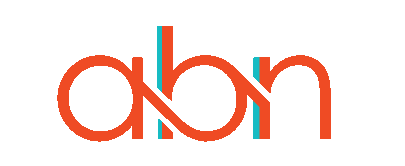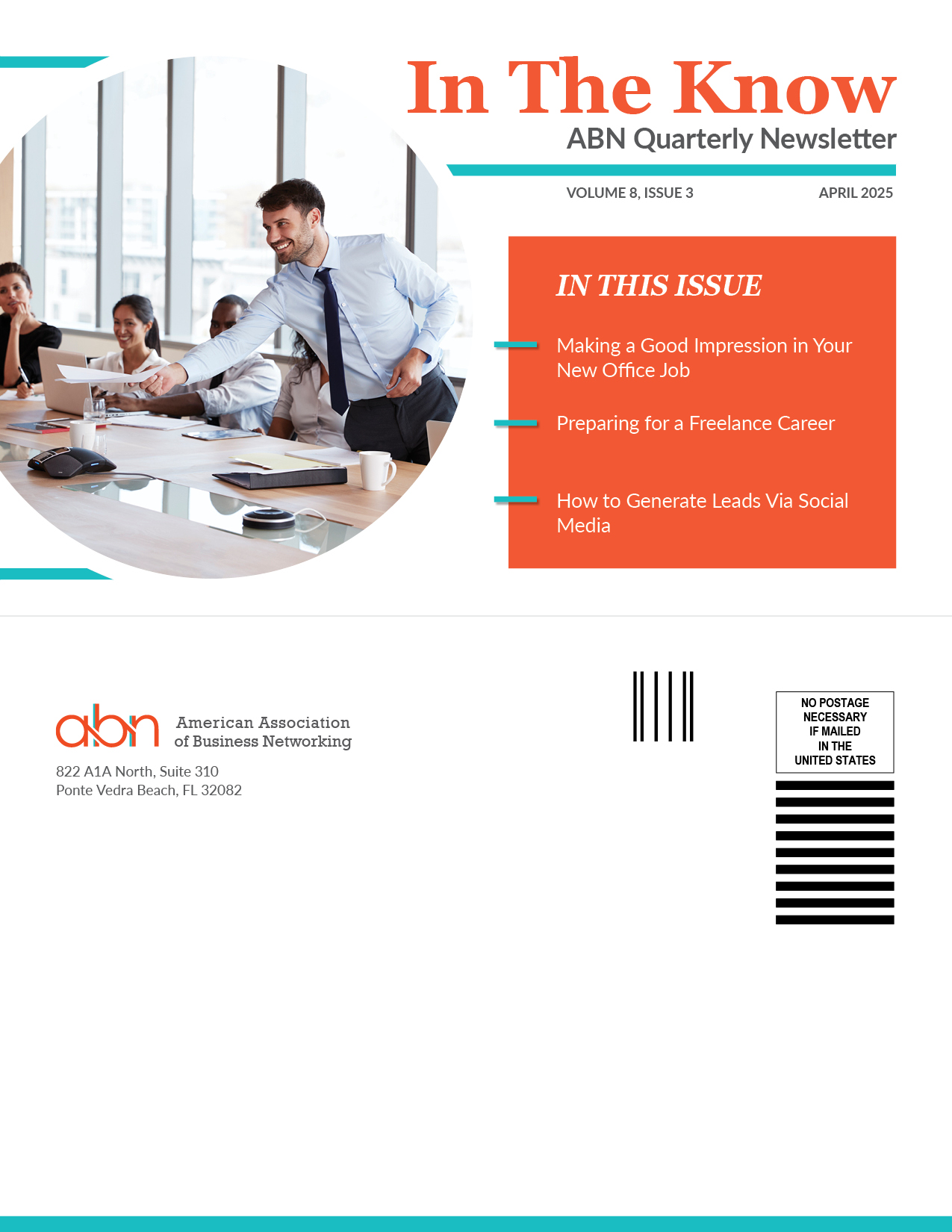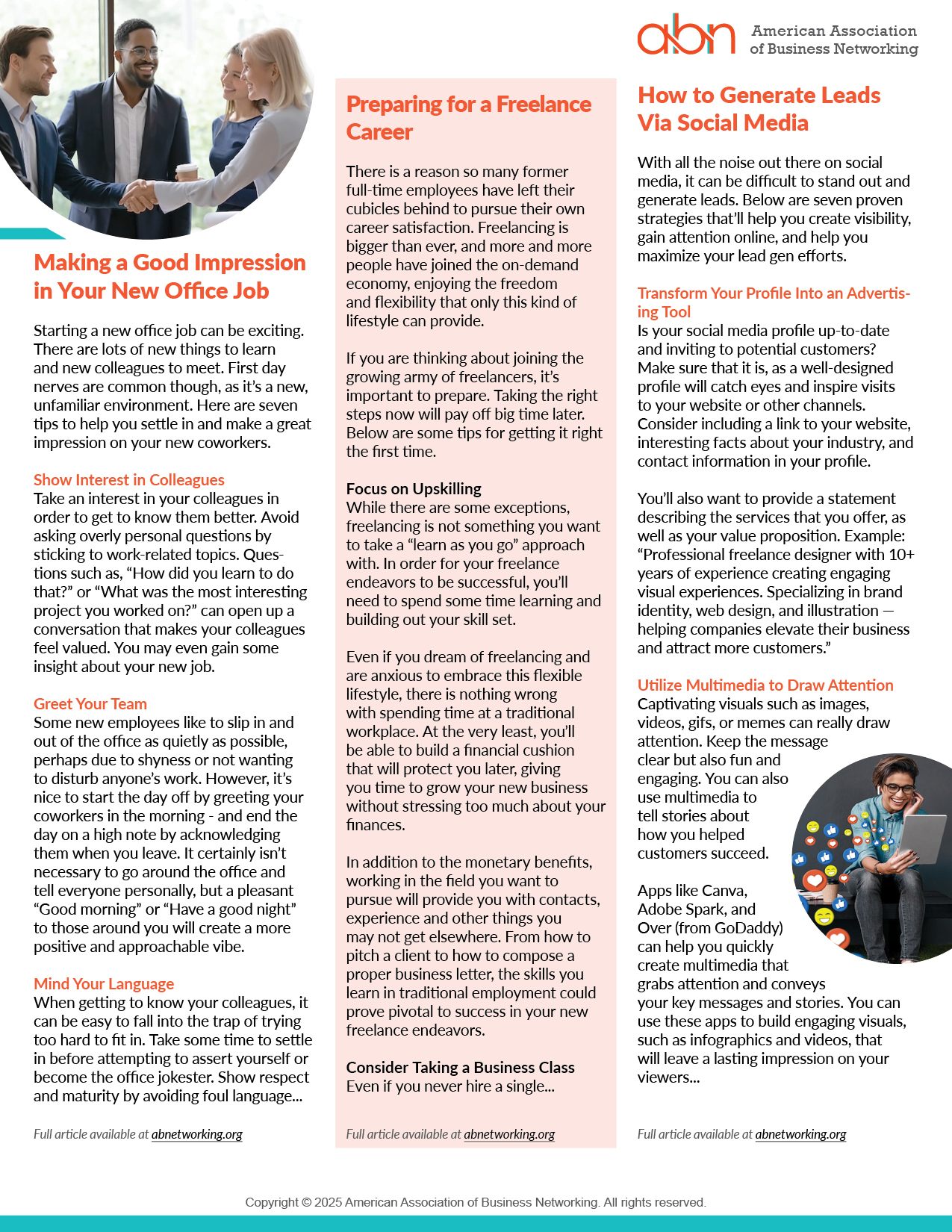Tips For Staying Motivated During a Job Hunt
The process of looking for a new job can often be difficult, stressful, and even demoralizing. While there are many challenges involved in a job hunt, one of the most significant is having the determination to stay motivated. Maintaining energy and drive can be particularly difficult if the hunt lasts more than a few weeks. Below are six tips to help stay focused, on track, and positive while seeking your next career adventure.
Have a plan.
Every career-related undertaking requires a plan. Without a process to follow, you might start to feel lost, astray, and anxious. This basic approach includes a few key steps:
- Establish the parameters of your search (positions/titles, locations, salary range, etc.)
- Decide how and where to go about finding job openings (scour job search websites, set up email alerts, engage with a recruiting service, contact companies directly)
- Conduct your search (make detailed notes, set up reminders to periodically revisit your sources)
- Submit applications (maintain a detailed log of all submissions and correspondence)
- Prepare for interviews (research the companies you’re applying with, ensure you have the proper attire ready, be ready to interview with little notice)
- Be diligent with follow-ups (send brief post-interview thank you notes, check in with your contacts if you haven’t heard back)
Follow a routine.
If you’re currently unemployed, you aren’t required to wake up at a certain time, work a set number of hours, or maintain a certain level of productivity. Establishing and maintaining a routine is critical if you want to avoid falling into the procrastination trap, which can zap motivation and create financial stress. A good practice is to do the same things you did while you were working. Set your alarm clock, shower, get dressed (not pajamas), settle in at your computer, take breaks, and treat your day of job searching just like a workday. This will also help ease your transition back into the workforce when you land a job.
Improve skills.
While finding a job is a top priority, job hunting likely won’t take as many hours as does working a job. So, what should be done with the extra time? Rather than letting it go to waste, use it to build new skills. Take an online course, sign up for a community class, attend a webinar, get certified for a special skill set. Not only will this increase your value to companies, the sense of accomplishment from your new skills will do wonders for your morale and motivation.
Reflect on accomplishments.
Being unemployed for a certain period of time can sometimes be disheartening. When the job search stretches on, it’s easy to start feeling down. In moments like these, it’s important to reflect on past achievements to boost your motivation. Thinking back on past projects and difficult goals can remind you of what you’re capable of.
Relax.
There’s no getting around it: looking for work can often be stressful. And when the process drags on longer than you were prepared for, it can start to become overwhelming – both mentally and physically. In this situation, it’s important to take occasional breaks from the job hunt. Spend some time with family, attend an event with friends, go to a movie, take a walk in the park – anything that will give your brain a rest so that you can recharge. That may seem counterintuitive, but you must take care of your health in order to be your best self.
Focus on what can be controlled.
There’s a lot of uncertainty when job hunting. You could receive a job offer tomorrow, or it could be months – and often times there’s not much that you can do about it. To avoid feeling helpless, focus on what you can control: the process.













